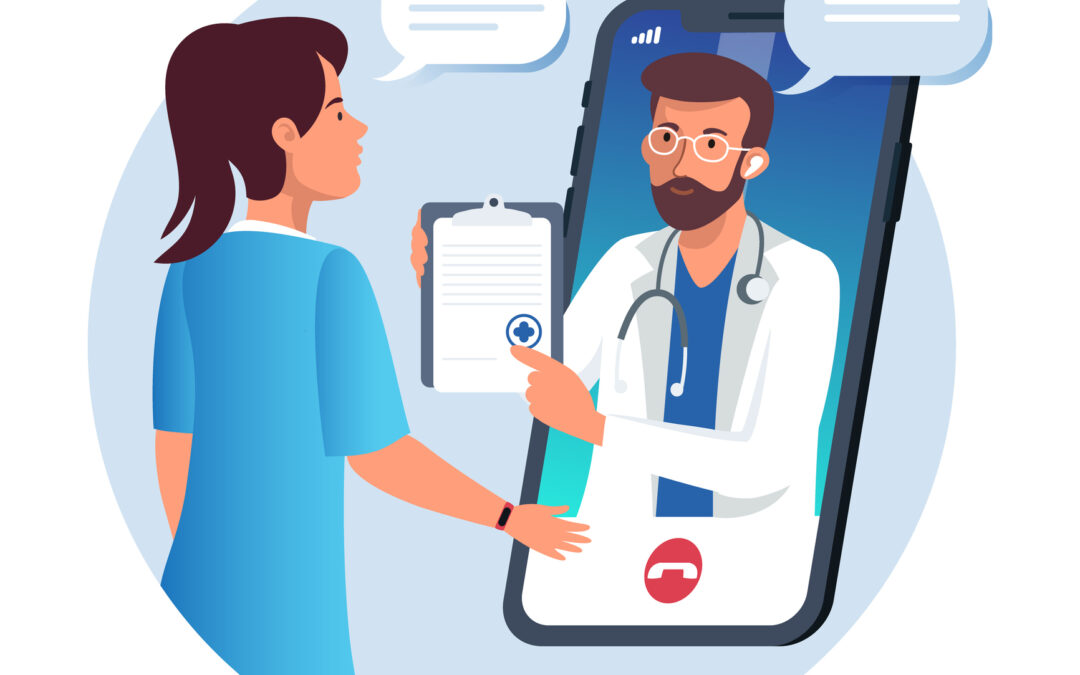(Why Precision Marketing is the New Profit Center for Health Systems and Health Plans)
The New Growth Equation
Today’s CMOs are asked to do more with less. According to Forrester, 59% of CMOs in healthcare expect tighter marketing budgets for 2025, even as pressure mounts to demonstrate a direct link between marketing spend and enterprise outcomes.* Meanwhile, PwC finds that one in three CEOs now expects marketing to justify every dollar in EBITDA contribution.*
The takeaway? Marketing can no longer operate as a cost center. The best CMOs have evolved into precision growth architects — aligning every campaign, channel, staff role, and dollar with long-term enterprise value.
At ab+a, we call this approach the GiG Model:
✅ G — Growth: Making marketing a precision engine for revenue generation.
✅ i — Impact: Designing every campaign for measurable EBITDA contribution.
✅ G — Good: Establishing discipline and accountability across platforms, staff, vendors, and spend.
Here’s how top CMOs across leading health systems and health plans have applied this approach — extracting waste, focusing resources, and making marketing an enterprise priority.
1. Hyper-Targeting Service Lines & Segments (Growth Focus)
Example: At Mayo Clinic, precision marketing has reshaped patient acquisition. By focusing spend on service-line-specific campaigns — like heart valve replacement and orthopedic surgeries — Mayo increased patient conversion by 31% and decreased cost-per-acquisition by 22%.*
“Marketing can’t be about reaching everyone. It has to be about reaching the right one,” says Barbara Sipe, CMO, Mayo Clinic. “For us, precision marketing means focusing on areas that drive long-term patient value, aligning spend with clinical priorities.”
According to Adobe, highly targeted marketing can reduce CAC by 30–35% across patient and member pipelines.*
✅ GiG Model Context: Growth — Making every dollar count by focusing marketing spend on service lines with the highest EBITDA and long-term patient lifetime value.
2. Leaning into Advanced Customer Insights (Impact Focus)
Example: At UnitedHealthcare, deep patient analytics have reshaped campaign effectiveness across digital platforms. By aligning marketing spend with predictive modeling, United achieved a 15% increase in campaign attribution precision and a 27% boost in long-term member value within 12 months.*
“Marketing doesn’t operate in isolation anymore. Our analytics tie campaign activity to long-term patient outcomes, making every dollar spent an investment in lifetime value,” says Sarah Payne, CMO, UnitedHealthcare.
According to McKinsey, organizations leveraging advanced analytics achieve a 2–3x higher ROI versus traditional marketing approaches.*
✅ GiG Model Context: Impact — Making every campaign measurable, aligning marketing spend with EBITDA and long-term enterprise value.
3. Agile, Short-Cycle Campaign Execution (Growth + Impact Focus)
Example: At Humana, agility has become a competitive differentiator. Its marketing team runs 4–6-week campaign sprints, focusing on precision testing and rapid optimization. This approach increased Medicare Advantage conversion by 18% and improved ROAS by 12% within one quarter.*
“Annual campaign planning doesn’t work anymore,” says Jennifer Smith, CMO, Humana. “Short-cycle sprints let us test, learn, and optimize quickly — extracting the highest value from every dollar.”
According to BCG, firms employing agile marketing practices achieve 25–30% higher revenue growth versus traditional marketing structures.*
✅ GiG Model Context: Growth + Impact — Driving precision outcomes within tighter campaign windows.
4. Developing Internal Growth Capabilities (Good + Impact Focus)
Example: At Johns Hopkins Medicine, precision marketing has reshaped the role of internal staff. Its internal “growth pods” — comprised of marketing, analytics, and clinical staff — have delivered a 30% improvement in patient conversion efficiency and a 25% reduction in patient acquisition costs.*
“As a growth discipline, marketing is a team sport. We’ve built internal teams that operate like precision pilots — aligning marketing activity with clinical priorities every day,” explains David Williams, CMO, Johns Hopkins Medicine.
According to Accenture, CMOs who focus on internal capabilities reduce external spend by 15–20% and maintain higher ROAS across platforms.*
✅ GiG Model Context: Good + Impact — Making marketing an internal discipline aligned with long-term enterprise priorities.
5. Leveraging Partnerships & Co-Marketing (Growth + Good Focus)
Example: At Aetna, the marketing team pioneered precision co-marketing partnerships with regional employers. By aligning messaging and incentives with employer benefits, Aetna delivered a 16% lift in new Medicare Advantage enrollments and a 22% reduction in cost-to-acquire versus traditional direct-to-consumer approaches.*
“Partnership marketing delivers deeper connections and accountability — making every dollar an investment in long-term enterprise value,” says David Edelman, Former CMO, Aetna.
According to PwC, collaborative marketing partnerships reduce customer acquisition costs by an average of 12–18% across regulated industries.*
✅ GiG Model Context: Growth + Good — Making marketing an enterprise discipline governed by accountability, precision, and long-term value.
6. Governance-Driven Spend Optimization (Good Focus)
Example: At Intermountain Healthcare, a formal campaign review process — aligning marketing spend with EBITDA contribution and operational priorities — has reshaped how the organization justifies and manages marketing spend. The result? A 14% lift in EBITDA contribution from marketing-influenced service lines within 12 months.*
“Marketing doesn’t operate as a silo anymore. We review every dollar like an investment,” says Marc Harrison, Former CEO, Intermountain Healthcare. “If it doesn’t move the EBITDA needle, it doesn’t move the marketing needle.”
According to HBR, firms aligning marketing and operational priorities achieve 12–15% higher EBITDA contribution within 12–18 months.*
✅ GiG Model Context: Good — Making marketing an operational discipline with accountability and precision.
Final Thoughts: The New Growth Equation for CMOs
Modern CMOs have an unprecedented opportunity to operate as precision growth architects — making marketing an enterprise discipline akin to supply chain, clinical services, or operational excellence.
With the GiG Model:
✅ G — Build marketing platforms that operate like precision growth engines.
✅ i — Connect every campaign, channel, staff role, and dollar to long-term enterprise value.
✅ G — Establish accountability and discipline across marketing spend, platforms, staff, and vendors.
⚡️ According to McKinsey, organizations aligning marketing, operational, and corporate priorities experience 15–18% higher revenue growth within 12–18 months.*
The takeaway? The future of marketing rests in precision, accountability, and enterprise thinking, making every dollar a step closer to long-term value.
NEXT STEP: What CMOs Must Do Today
Run an Efficiency Audit every 12–18 months across platforms, staff roles, vendors, and campaigns.
Revisit KPIs — align metrics (CAC, ROAS, LTV) with EBITDA and long-term enterprise priorities.
Develop a Governance Framework — adopt the GiG Model across marketing and sales, making every dollar a precision investment in long-term growth.
NEXT STEP: What CEOs Must Do Today
Demand accountability and precision across marketing platforms, staff roles, vendors, and campaigns.
Position marketing as an operational priority akin to supply chain or clinical services.
Build trust between marketing, clinical, operational, and financial disciplines — aligning every campaign with corporate priorities and long-term enterprise outcomes.
According to PwC, firms making this shift experience a 10–15% EBITDA improvement across marketing-driven service lines within 12–18 months.*
The takeaway? The CMOs and CEOs who embrace precision, accountability, and long-term enterprise thinking will define the next era of growth for health systems and health plans.






